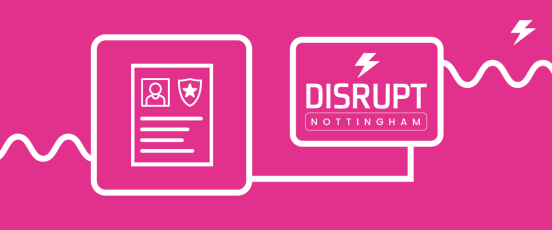How should HR respond to employee violence?

Employee violence is something most HR professionals hope they'll never face. Yet, the reality is that violence can and does crop up in all kinds of workplaces, affecting both individual wellbeing and business operations. So, what exactly is employee violence, and how should you respond as an HR leader?
What is employee violence?
The Health and Safety Executive (HSE) defines work-related violence as “Any incident in which a person is abused, threatened or assaulted in circumstances relating to their work.” It includes physical aggression as well as verbal threats and abuse towards an employee, whether it’s from a colleague, a customer, a patient, or someone else connected to the victim’s work. It can even include severe forms of workplace bullying.
How common is it?
Unfortunately, employee violence isn’t as rare as we’d like to believe. According to the HSE, there were around 649,000 incidents of violence at work in the UK in 2022/23. More than half of these involved threats rather than physical attacks, but both can have a significant impact on those at the receiving end.
Types of employee violence
As an HR leader, recognising the different forms of employee violence is essential to protecting your people. So, what are the four types of workplace violence?
Criminal intent
Let’s start with criminal intent. Here, an outsider with no connection to your business enters the workplace to commit a crime such as theft, vandalism, or worse. Thwarting external threats relies on strong security measures and rapid response protocols.
Client-to-worker violence
Employees in public-facing roles are particularly at risk here, whether it’s customer service professionals, teachers, or care workers. While you can’t control how those outside your organisation behave, you can equip employees with de-escalation and conflict-resolution skills that help them stay calm and manage these situations in the best possible way.
Worker-to-worker violence
Conflict between colleagues can range from verbal harassment and bullying to violent threats and physical aggression. Long-term, you may be able to reduce this type of violence by building a supportive workplace culture that encourages open communication. At the same time, a clear zero-tolerance policy and reporting procedures are essential.
Domestic violence
While domestic abuse doesn’t fall within the HSE’s definition of violence at work, personal relationships can certainly spill over into the workplace and threaten the safety of employees and those around them. You can support affected employees through confidential reporting channels, flexible working policies, and signposting to external support organisations.
The impact of employee violence
Employee violence is devastating for victims and their families, and it can have a calamitous impact on your organisation too.
Physical and psychological effects on employees
A shocking 41% of workplace assaults in 2022/23 resulted in injury. But violence isn't always physical, and verbal threats and abuse in the workplace can have long-lasting psychological consequences like anxiety and depression.
At the very least, a violent incident will make it harder for the victim to take pleasure in their work. It’s also likely to lower morale for colleagues who worry they could face a similar experience.
Financial and operational costs to businesses
Understandably, anyone subjected to workplace violence is unlikely to be able to do their best work. Violent incidents can lead to lower productivity, absenteeism, and higher employee turnover. After all, workers won’t stick around for long if they feel unsafe or that their concerns aren’t being taken seriously.
On top of this, frequent incidents are sure to damage your company’s reputation, making it harder to attract and retain talent.
Legal implications and employer liability
The Health and Safety at Work Act requires employers to protect employees from harm in the workplace. As part of this, you must have a policy for managing workers’ health, safety, and welfare, and further regulations mean you need to assess risks and report certain incidents. Failing to live up to your legal responsibilities can result in costly legal action and fines, and you may even end up paying medical expenses.
Prevention and response strategies
With all of this in mind, how should you deal with workplace violence, and how can you stop it happening in the first place?
Preventing employee violence
The first step to managing employee violence is reducing the risks. Carry out a thorough risk assessment using incident records, your knowledge of the business, and employees’ own experiences and concerns.
Then, take reasonable steps to remove or control the risks you’ve identified as significant. You might, for example, bolster your security, try to reduce customer frustration, and complete background checks on new employees. Regularly review your plans and policies to keep them relevant and effective.
Training and awareness for employees
Make sure employees know how to manage the risks of violence and respond to incidents. Among other things, training should cover recognising early signs of violence, de-escalation techniques, and reporting incidents safely. Emphasise that violence is never acceptable.
Responding to an incident
Here’s what to do during and after an incident.
- Follow your response plan: You can’t always avoid every incident, so have a clear response plan ready and ensure everyone in the organisation is familiar with it. Your plan should address each of the hazards identified in your risk assessment.
- Record incidents: While you should always record incidents internally, you may also need to report more serious cases to the police.
- Support affected employees: As an HR professional, your work doesn’t end there. After the incident, make sure victims aren’t left to deal with the aftermath alone. Depending on the circumstances, support could include adjusting an employee’s job role to reduce risk and avoid emotional triggers, offering a period of leave, and providing confidential counselling.
As we’ve seen, keeping your people safe and happy is essential to business success. Learn how our HR software helps your employees flourish.



